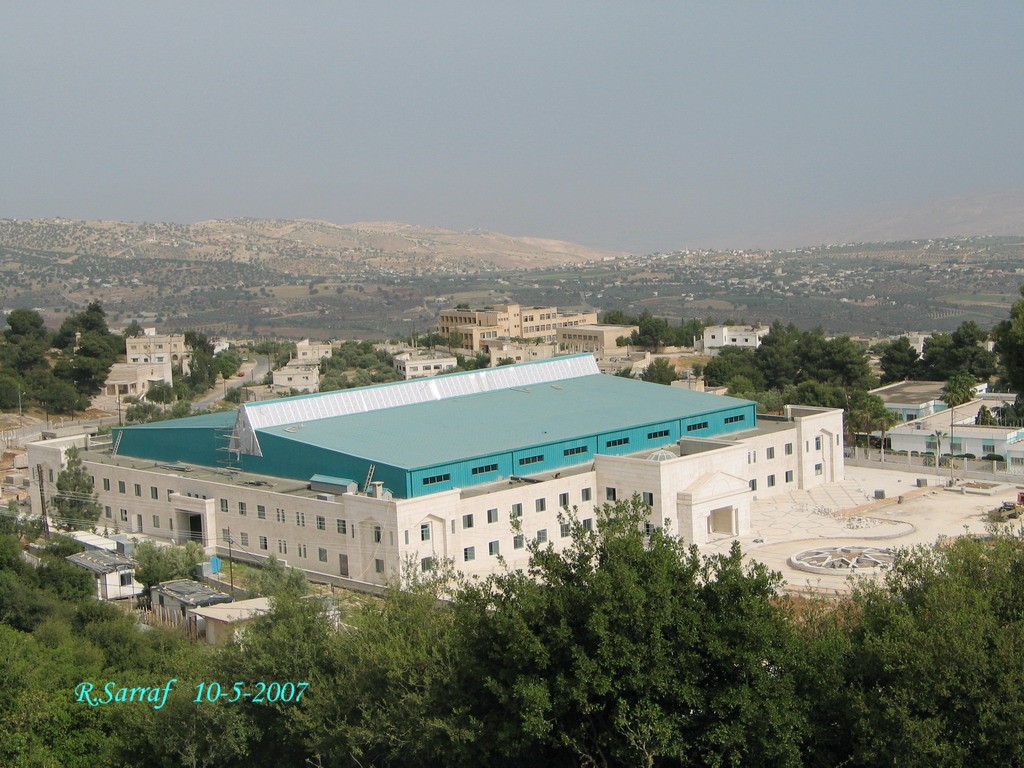SESAME: physics for peace in the Middle East
Allan, Jordan: a bridge of peace between nations is being constructed with the help of particle physics. Scheduled to be operational by 2011, SESAME, the Synchrotron-light for Experimental Science and Applications in the Middle East, brings together countries from all over the region.
On the east bank of the river Jordan, 30 km from Amman, lies SESAME. A collaboration of nine members, including Jordan, Israel, Pakistan, Turkey, Egypt and Palestine, the project was created under the auspices of UNESCO. Following the same model as CERN, the underlying expectation is that SESAME will encourage peace by training a new generation of scientists from all over the region to work on a new synchrotron facility. Just as scientists from all over Europe collaborated at CERN in the aftermath of the Second World War, SESAME hopes to provide an environment where big science can go hand in hand with peace.
The accelerator was first discussed in two international CERN-organised meetings in 1997 and 1998, when it was proposed that the decommissioned BESSY1 light source in Berlin should be donated to SESAME. Since then the project has evolved and the synchrotron plans have been upgraded to a third generation light source with integrated insertion devices and beam lines that can be used for a wide range of scientific aims. Hafeez Hoorani, the Scientific Director of SESAME, explains the merits of the project: "Insertion devices provide you with really intense and energetic photon beams. With these photon beams one can probe the structure of DNA, enzymes; one can do material science, environmental studies, chemistry, a wide variety of things. So it’s a very versatile tool covering a big energy spectrum."
In February this year the first part of the machine, the injector or ‘microtron’, was commissioned. The next step for scientists working on the project is to set up ‘beam lines’, comparable to the detectors in the LHC. These are being donated by European physics labs in the UK, France and Switzerland and will be rebuilt and redesigned for the needs of SESAME.
As the project grows, a major issue is making sure that there are enough trained scientists and technicians in the region to operate the machine. Perhaps the greatest opportunity for bringing people together from different countries comes from this challenge. When the first plans for SESAME were proposed, only Turkey and Israel were geared up for supplying suitable trained scientists. Now there is a framework for training scientists in Europe and the United States, funded by the International Atomic Energy Agency, the US Department of Energy and the European Union. "To give you a good example, at our first user meeting in 2000 we had only 60 participants, and one third of them came from abroad and two thirds from the region. Our last meeting had 250 participants, all from the region. So in seven years we have quadrupled the number of scientists. This is what is really bringing the region together," says Hafeez Hoorani.
Since 2000, SESAME’s links with CERN have been particularly strong as Herwig Schopper, former Director-General of CERN, has been the President of SESAME Council. He has overseen the project from the initial stages when it was no more than an idea on paper, through to finding a site and the initial construction of the machine. The tradition is set to continue after Schopper’s retirement this year, as Chris Llewellyn Smith, another former CERN Director-General, is due to take over.
The symbolic value of the project is huge, as Hoorani is well aware. "When it comes to science, people are not fighting, people are not worried about their cultural or religious differences. They speak a common language, which is the language of science. We would like to bring not only the science but also the culture of CERN to SESAME."
For more information:
http://www.sesame.org.jo/index.aspx


